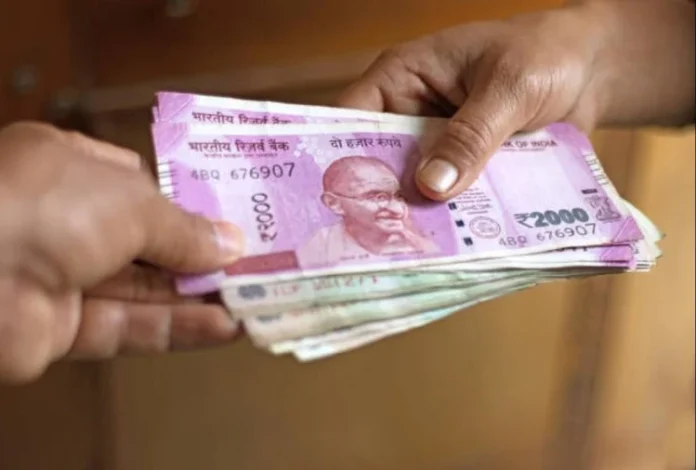7th Pay Commission latest news: Central employees have received many gifts, but many are yet to come. After the increase in DA, there is a continuous demand for arrears. At the same time, there is also an emphasis on increasing the fitment factor.
7th Pay Commission latest news: Year 2016, there was a bumper increase in the salary of central employees. This was the year when the 7th Pay Commission (7th CPC) was implemented for the central employees. Based on the recommendations of the 7th CPC, the fitment factor was implemented to increase the minimum salary of central employees. Due to the fitment factor, the minimum salary of central employees directly increased from Rs 6000 to Rs 18000. The fitment factor was set at 2.57. However, there was a demand of the central employees that it should be kept 3. Had it been 3 then the minimum salary could have reached Rs 26000.
Salary is decided by Fitment Factor
The fitment factor plays an important role in deciding the salary of central employees (CG Employees Salary). According to the recommendations of the 7th Pay Commission, the salary of central employees is determined by their basic salary and fitment factor in addition to allowances. This is the factor that increases the salary of central employees by more than two and a half times.
What is Fitment Factor?
As per the recommendations of the 7th Pay Commission, the fitment factor is 2.57. While fixing the salary of central employees, in addition to allowances such as Dearness Allowance (DA), Traveling Allowance (TA), House Rent Allowance (HRA) etc., the basic salary of the employee will be subject to fitment of the 7th Pay Commission (7th Pay Commission latest update). The factor is obtained by multiplying by 2.57. For example- If the basic salary of a central employee is Rs 18,000, then his salary excluding allowances will be 18,000 X 2.57 = Rs 46,260. If this is taken as 3 then the salary will be 26000X3 = Rs 78000. Employees will get bumper benefit in this.
JCM Secretary Shiv Gopal Mishra says that the central employees have not received the arrears for the last 18 months. The government has also not taken any concrete decision on increasing the fitment factor. If the fitment factor is 3 then it will definitely benefit. The employees have long demanded that the fitment should be increased.
DA Calculation of Allowances
When the salary of central government employees is fixed without any allowances, then after this all kinds of allowances are added, such as DA, TA, HRA, medical reimbursement etc. DA for central employees is given to protect them from loss due to inflation. It is fixed twice a year. The first time is fixed for the period from January to June and the second time for the period from July to December.
DA can be increased by 3 percent
The government calculates the average inflation for the first 6 months of the year, in which it is counted from January to June. After this, the inflation average is calculated for the second half. On this basis, the increase in DA is decided. DA is always higher than average inflation. At present, the July AICPI index is at 122.8 points. Therefore, it is being estimated that for the period of July 2021, the dearness allowance can be increased by at least 3 percent.
After the increase in DA, TA is increased on the same basis. Increase in DA is also linked to TA. Similarly, HRA and medical reimbursement are also decided. When all the allowances are calculated, then the monthly CTC of the central employee is fixed.
Contribution of PF, Gratuity
After all the allowances and salary are finalized, now it comes to the monthly Provident Fund (PF) and gratuity contribution. PF and gratuity contribution is linked to basic salary and DA. The PF and gratuity of a central employee is determined by his formula. When all allowances and deductions are made from CTC, then the take home salary of the central employee is fixed.


